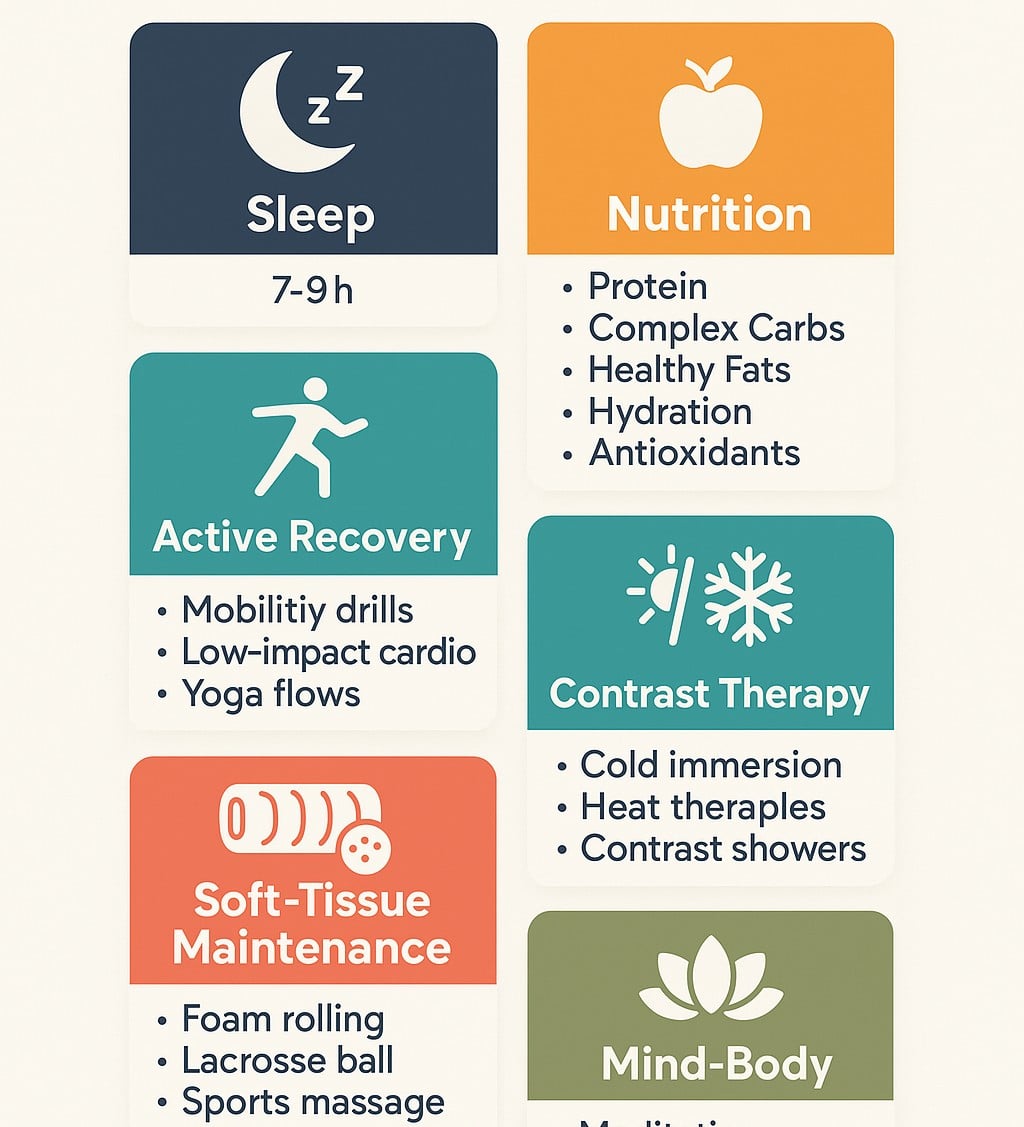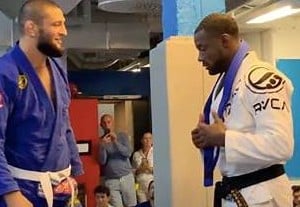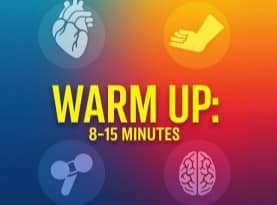Maximizing Recovery Off the Mats: A Guide for BJJ Practitioners
Recovery isn’t just downtime—it’s when your body repairs torn muscle fibers, balances hormones and replenishes energy stores. Neglecting proper rest and regeneration can slow progress, increase injury risk and leave you feeling perpetually fatigued.

Prioritize Quality Sleep
Develop a consistent bedtime routine. Aim for 7–9 hours of uninterrupted sleep each night.
- Keep your bedroom dark and cool (around 18 °C).
- Limit screen exposure 60 minutes before bed.
- Wind down with breathing exercises or gentle stretching.
Fuel Your Engine
The foods you eat between sessions influence how quickly you recover and adapt.
- Protein: 1.6–2.2 g per kilogram of bodyweight daily supports tissue repair.
- Complex Carbs: Whole grains, legumes and vegetables restore glycogen without spiking insulin.
- Healthy Fats: Omega-3 sources such as salmon or chia seeds help combat inflammation.
- Hydration: Sip water steadily; add electrolytes if you sweat heavily.
- Antioxidants: Berries, cherries and leafy greens assist in reducing oxidative stress.
Active Recovery
Light movement speeds circulation and clears metabolic waste without taxing your nervous system.
- Mobility drills for hips, shoulders and spine.
- 20–30 minutes of low-impact cardio: cycling, swimming or brisk walking.
- Yoga flows to blend flexibility, stability and breath control.
Soft-Tissue Maintenance
Foam rolling and self-massage break up scar tissue and prevent knots from limiting range of motion.
- Foam-roll quadriceps, IT bands and thoracic spine.
- Use a lacrosse ball on glutes, calves and shoulder blades.
- Book monthly sports-massage sessions or try dry-needling with a qualified therapist.
Contrast and Thermo-Therapy
Alternating heat and cold reduces inflammation and promotes blood flow.
- Cold Immersion: Ice baths or cold showers for 5–10 minutes after intense sessions.
- Heat: Saunas, hot tubs or infrared sessions to relax muscles and improve circulation.
- Contrast Showers: Switch between hot and cold water every 30 seconds for 4–6 cycles, always finishing on cold.
Compression and Elevation
Compression garments help maintain muscle temperature and reduce swelling.
- Wear compression tights or sleeves during long travel days or between training blocks.
- Elevate legs above heart level for 10–15 minutes to encourage fluid return after grueling drills.
Nurture the Mind-Body Connection
Mental stress amplifies physical fatigue and slows recovery.
- Practice meditation or mindfulness for 5–10 minutes daily.
- Take short breaks throughout your day to breathe deeply and reset posture.
- Journal about training goals and progress to maintain focus and motivation.
Smart Rest and Periodization
Building in rest is as vital as drilling techniques.
- Schedule at least one full rest day per week.
- Cycle training volume every 4–6 weeks: three weeks of high intensity followed by a de-load week.
- Use performance metrics (sleep quality, mood, appetite) to adjust rest days dynamically.
Conclusion
Recovery isn’t optional; it’s the secret weapon of every elite grappler. By prioritizing sleep, dialing in nutrition, embracing active recovery and listening to your body, you’ll stay injury-free and continually advance your BJJ game. Off the mats, treat your body with the same strategy and discipline you bring to training; the returns will show up in your performance, resilience, and enjoyment of the art.




